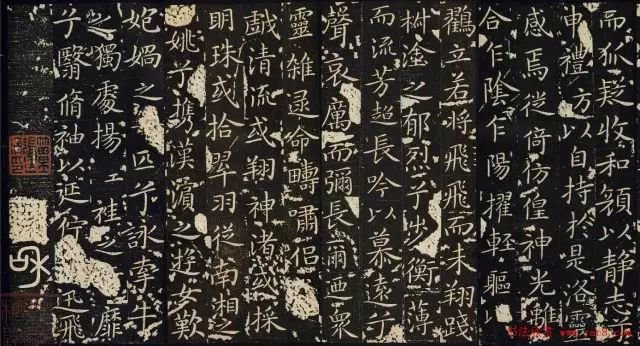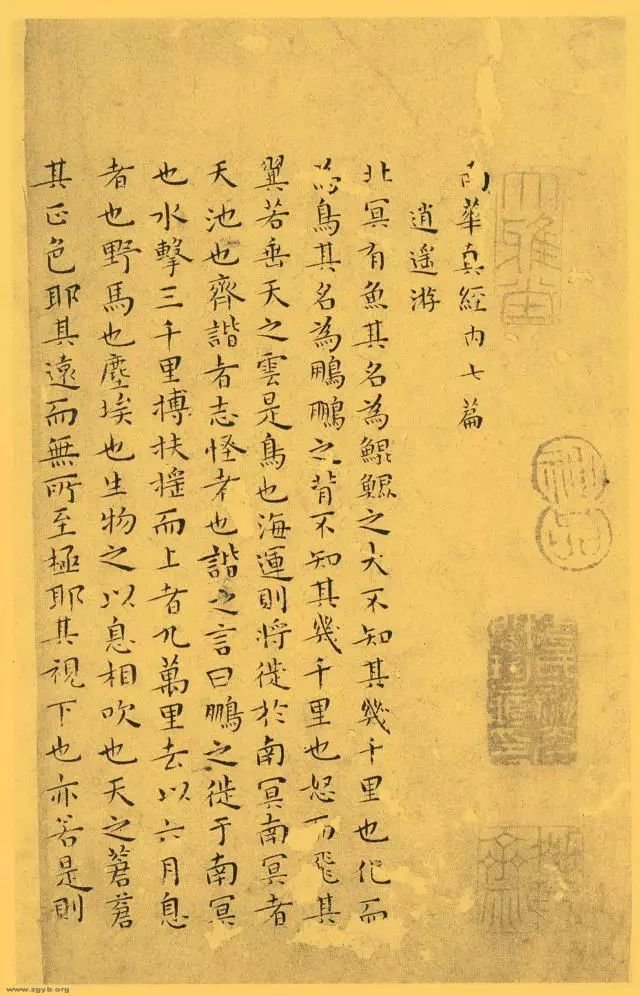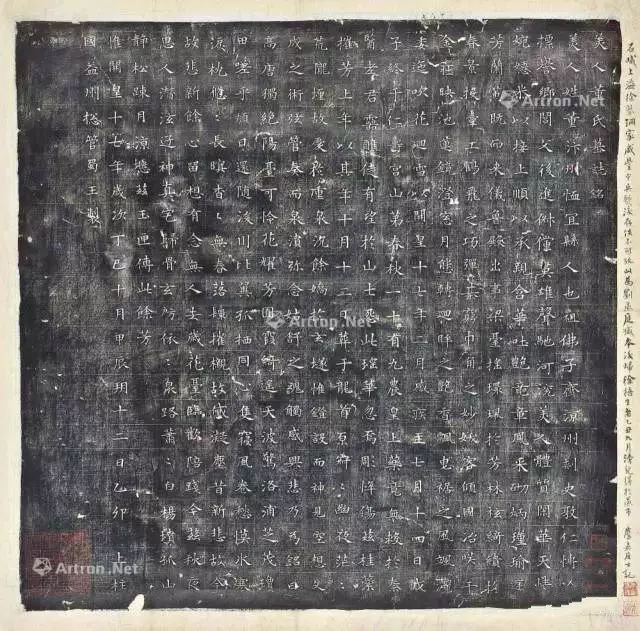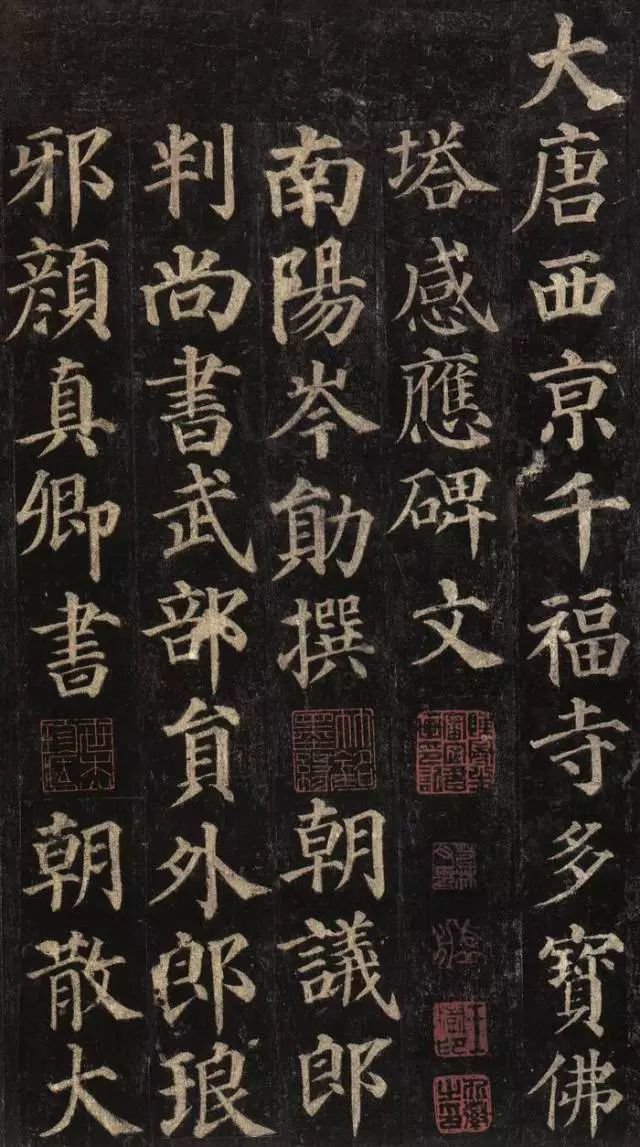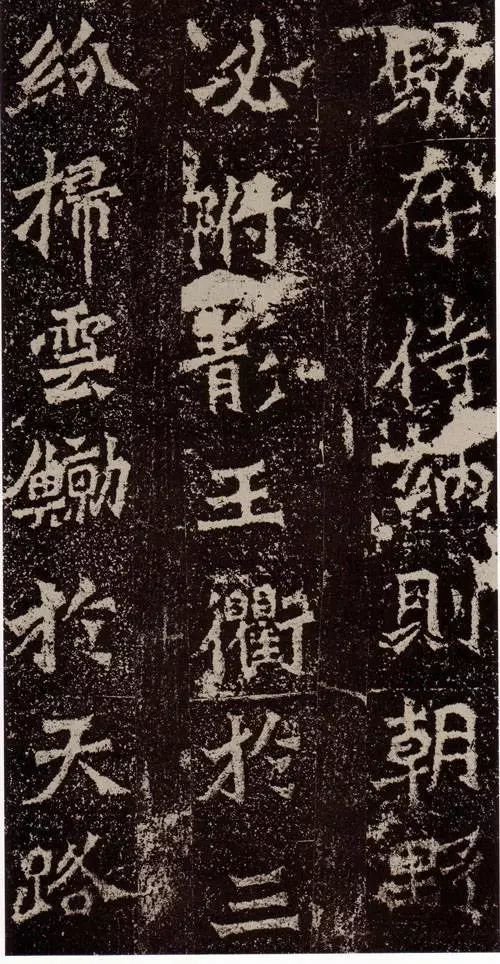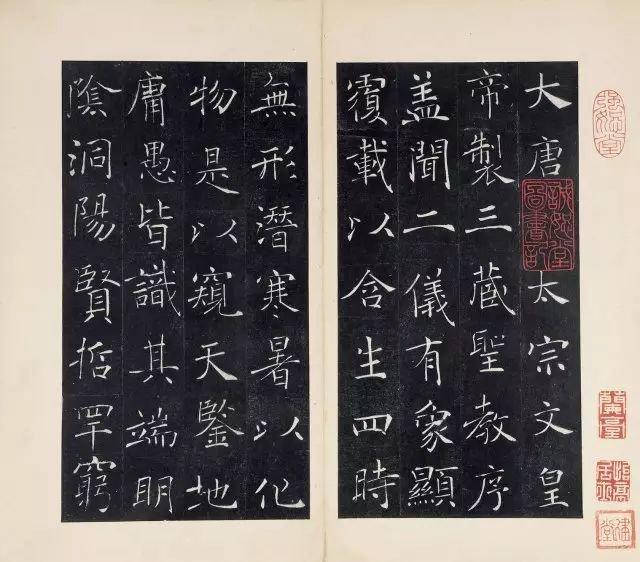15 Tricks To Write Good Regular Script
27/05/2023
215 Views
1. When writing regular script, the pen stroke should be fast when it is reversed, like a snake entering the grass; it should be slower when turning the pen backward to make a point. This is the so-called "late to return but not to advance, to form a hidden head and protect the tail."2. The transition between pens should be fast, as the saying goes, "Too expensive is too fast"; the hook method should be fast, and the crouching front has the momentum to come out.3. The method of restraining should be ups and downs, with one wave and three twists. As the saying goes, "If there is no slowness, no speed, the desire will roll back and stay, and the success will come out."4. The short stroke should be fast, sharp and fast, just like a bird pecking at something. It is called "hasty and quick to cover".5. The method of picking should be late, lift the tip of the pen, and move forward lightly. The so-called "it is more expensive to stay later".6. The long strokes should be melodious, bold and powerful, intended to be graceful and smooth, and the writing power should be delivered with a lingering aftertaste.7. Regular script should be based on calmness, that is, the pen should be precise and delicate, the strokes should be complete, the pen shape should be in place, the knots should be ironed, and the style should be graceful and comfortable. The traces are like what the predecessors said, pointillism is like carving into the texture, and the structure is like nature. It is cast, it cannot be increased, and it cannot be reduced. Therefore, when you first learn Kaifa, you should slow down your strokes to determine its shape. Don't make the characters small and rush the strokes, and don't make the characters big and slowly draw the hair. Instead, it should be a calm Rhythm - Hasty behavior, easily hurt by shallowness.8. The needle should be hung slowly, and the slow movement will make you satisfied and your posture will be more beautiful.9. When the dew is hanging down, it is better to be sick. If you are sick, you will be strong and the pen can be reversed.10. A point is more precious than a heavy one, and its power is like a falling stone from the peak.11. As for the strokes in the middle of a long painting, it depends on the situation. It may go against the trend and be slow and narrow in the middle. When the ink in the millimeter is full, the pen can be used slightly faster; when the ink in the millimeter is low, the pen can be used slightly slower.12. In terms of virtuality and reality, everything is real when pressed, and virtual everywhere. Stipulation is real. As far as curvature and straightness are concerned, the beauty of Kaifa is to seek straightness in the curved momentum, and seek flatness in the unevenness, either toward or against, or toward the middle. The back may have a direction in the middle, or it may be flat at the top and high arched at the bottom, like the shape of an overturned boat. There may be mild or severe diseases, some may be sparse and dense, some may be empty or solid, and some may be curved or straight toward the back. Over time, with skillful use, the brush will become more flexible, and the ink color will also change in shades and dryness in the flexible brushwork.13. When writing regular script, you should avoid dipping each word in ink once. This way, you will never have a dry pen, white spots, or a thirsty pen. The most ideal brush for regular script is one that is medium-thick and dry on both sides, not only glossy and hairy, but astringent with infinite charm; the most ideal use of ink is dry but moist, that is, when the pen is full of ink, it relies on speed and The dry pen drawn out by the center, stroke force and gesture has the appearance of "dry and cracked by the autumn wind, moistened by the spring rain". Changes in the ink color of a regular script will greatly enhance its agility.14. In short, there is no absolute speed in writing regular script. In terms of style, there is a fast-paced regular script. The so-called "writing is as true as grass", so when writing regular script, the wind blows under the elbow, and it looks calm and happy. Regardless of speed, fatness or thinness, it is important to control it within the range of "degree". If it is too fast, the writing will be straight and the meaning will be shallow; if it is too late, the bones and flesh will be stagnant and the writing power will be weak; if it is too heavy, it will be fat and the flesh is exposed; if it is too light, the writing will be weak. Thin and revealing.15. The method of writing regular script is like strolling in a leisurely courtyard, with the feeling of leisurely leisurely wandering and contentment, slow to gain understanding, quick to gain surprise, quick to gain strength, slow to gain beauty, able to be fast but not too fast, which is called "appreciation of understanding". , can be quick and fast, which is called "entering into the spirit". When you appreciate the meeting, it is implicit and implicit, and when you are fascinated, the unexpected pen overflows on the paper. This is the rough rhythm of regular calligraphy.
